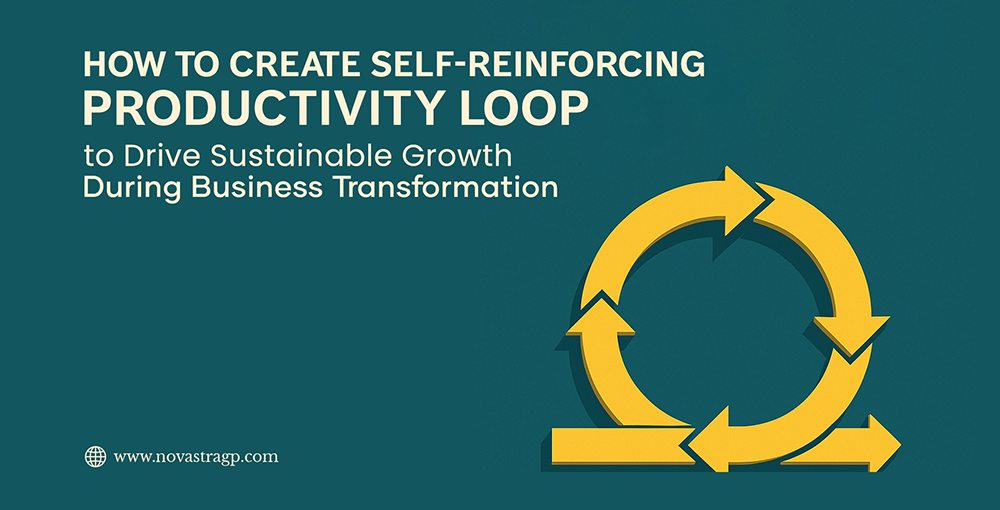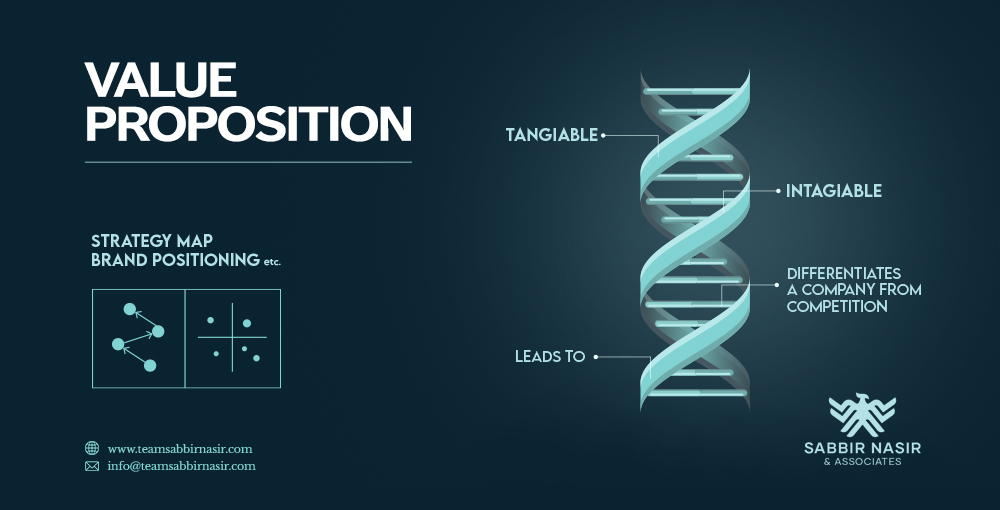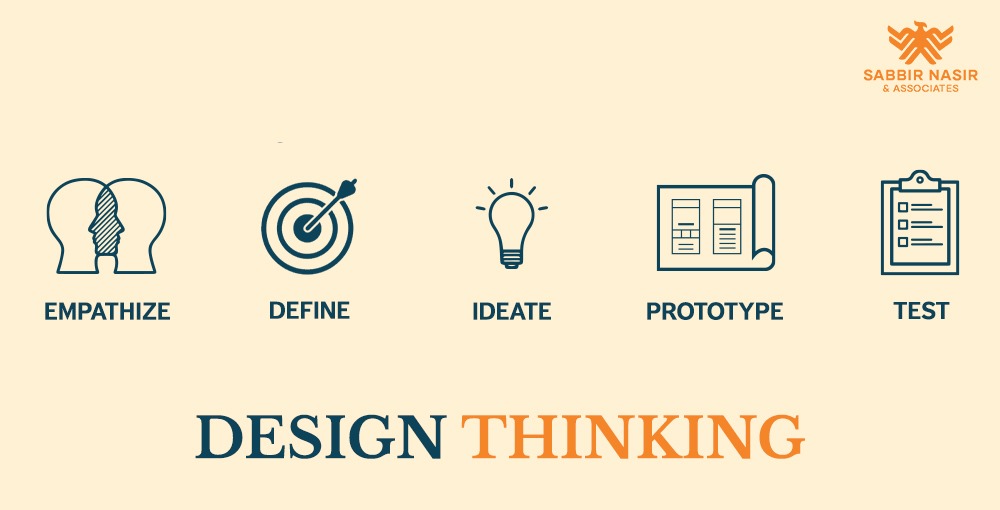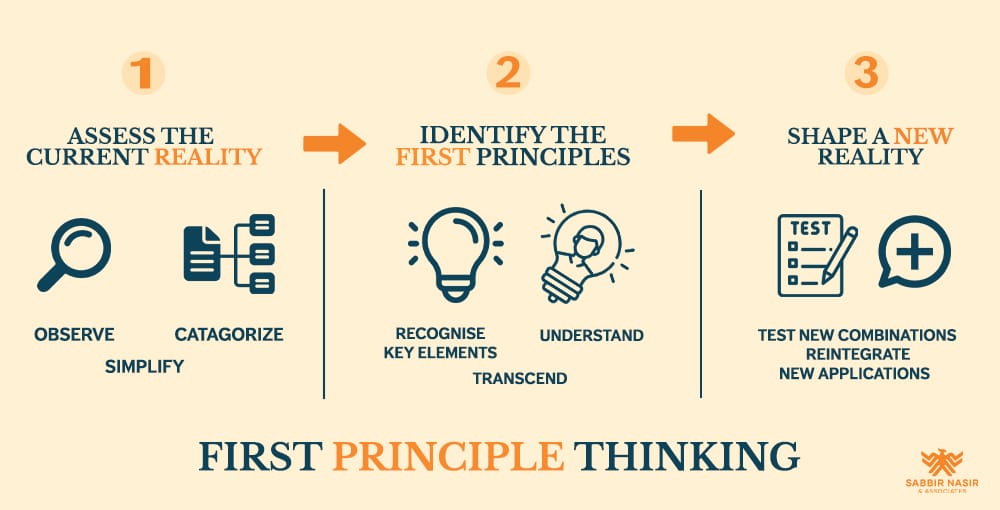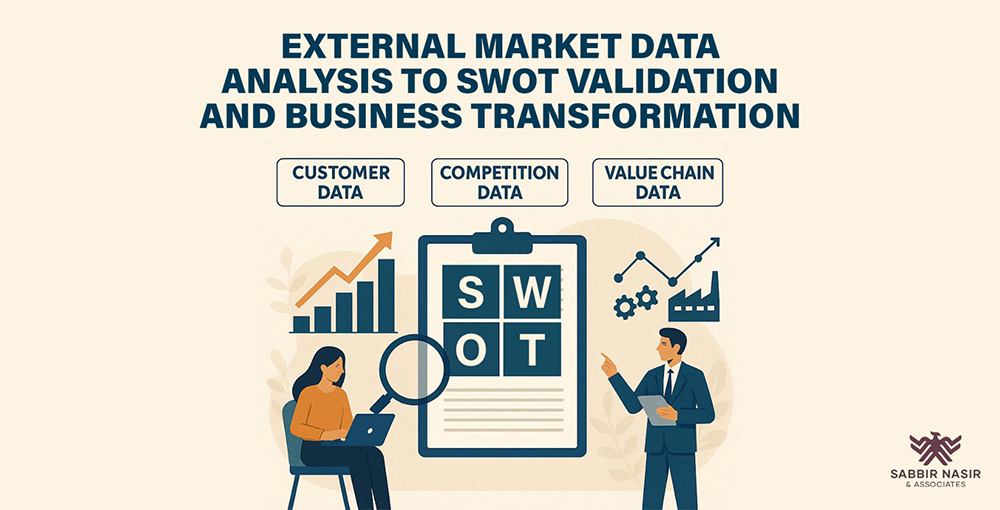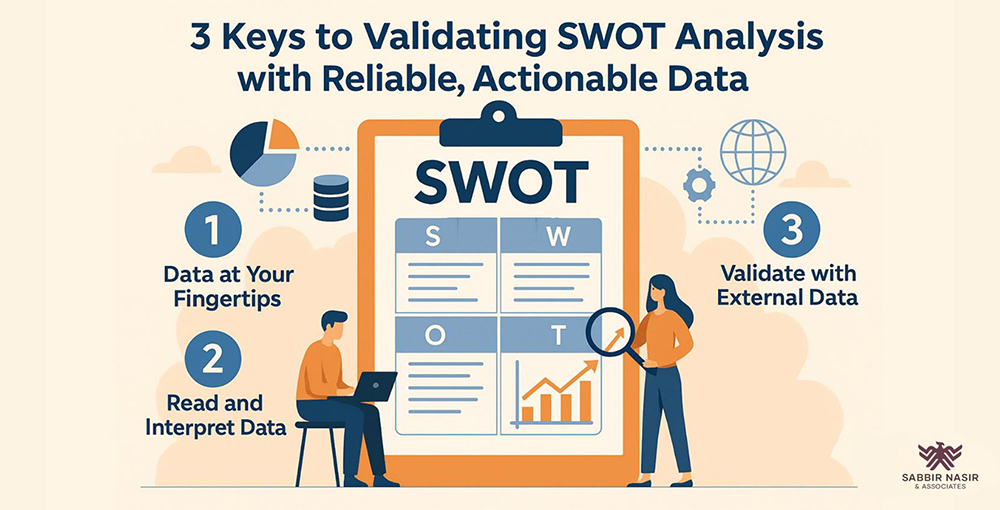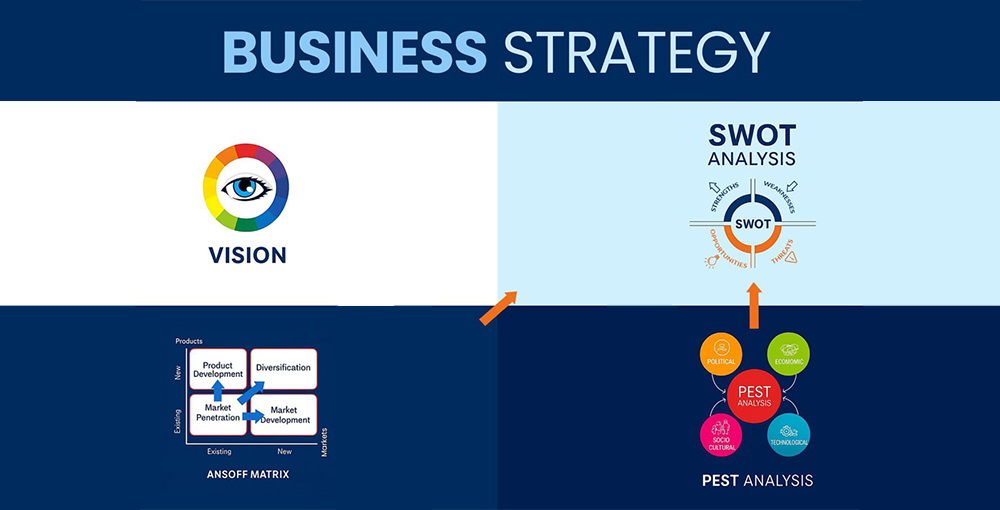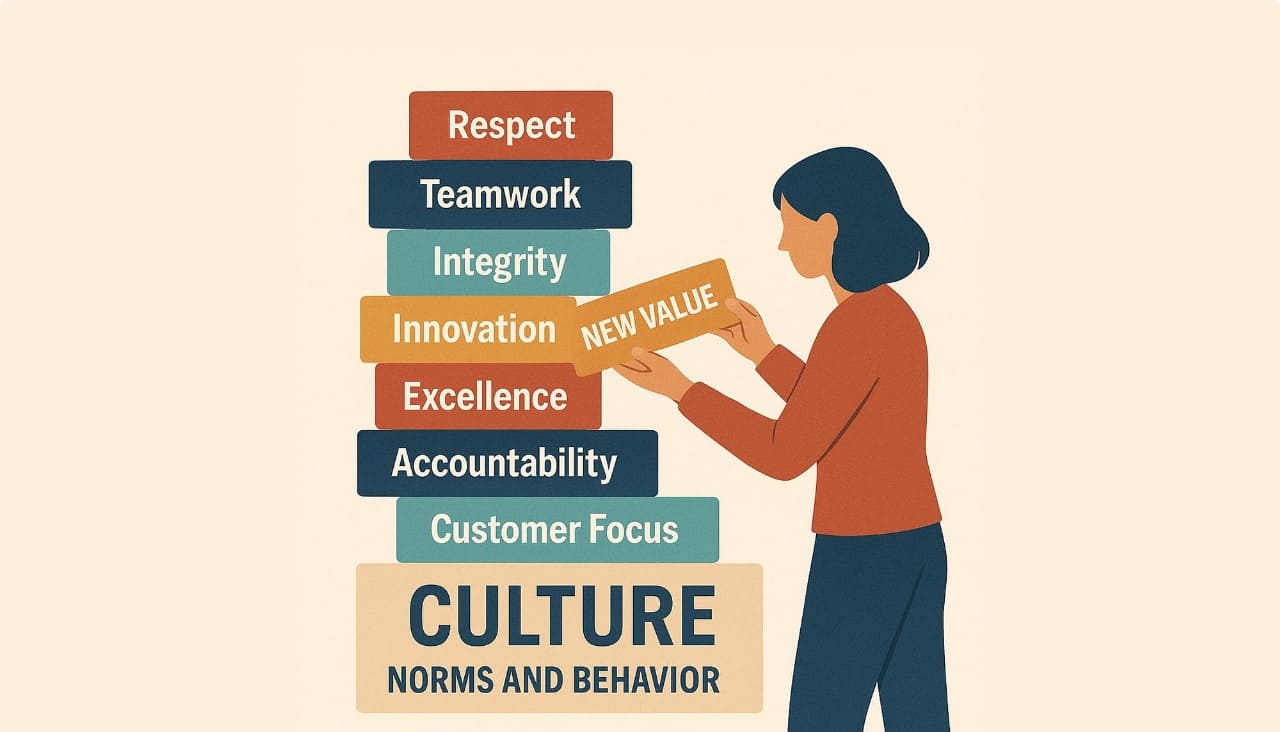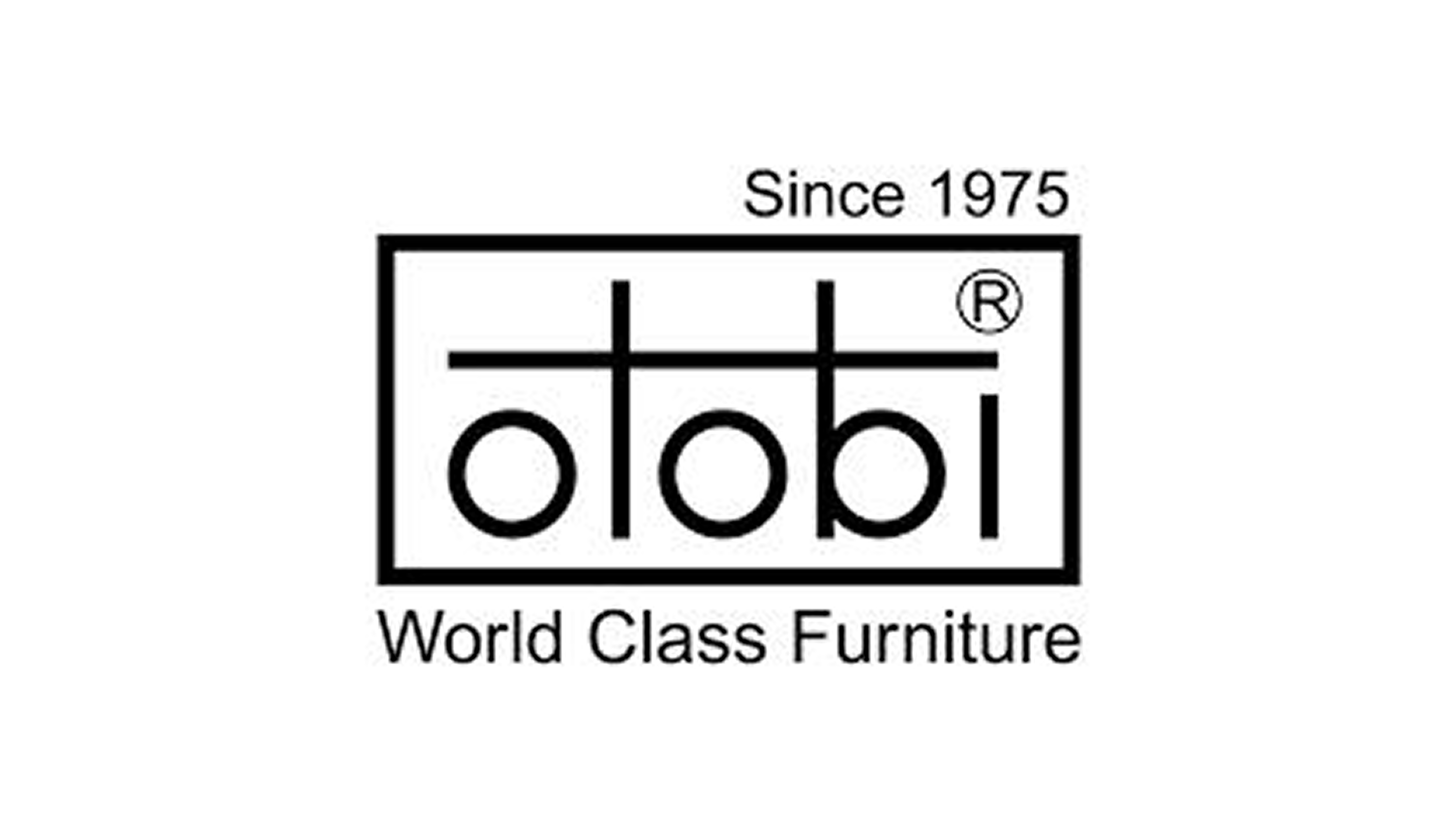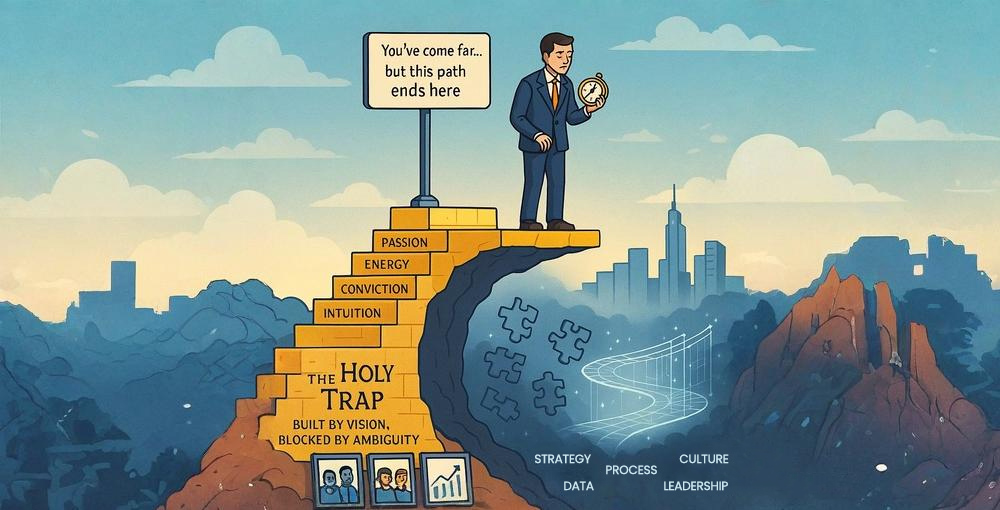Brand Positioning: What Space Will You Own in Your Customer’s Mind During Your Business Transformation?
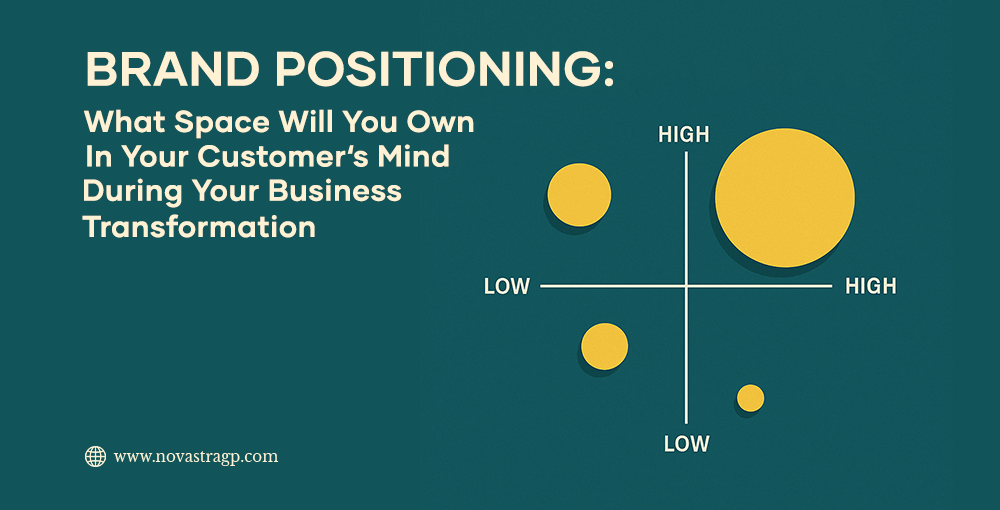
Summary: In many cases, a founder-led company that needs business transformation will need to reposition their brand to scale and grow. In this article, I discuss:
· The definition of brand positioning.
· How perceptual maps are used to illustrate brand positioning.
· The choices organizations must make about their brand positioning.
· Why brand personality matters.
Business transformation implies brand transformation. For founder-led companies that have hit a wall, finding clarity in brand positioning is a critical strategic process that can help you change the trajectory of your organization and find the right path forward.
What Is Brand Positioning?
Brand positioning is the process of managing the distinct space a brand occupies in the consumer’s mind and heart. This differentiates your brand from competitors in the perceptual world of the customer’s mind. Often the perceptual space and the intended space of the brand vary from each other. A transformation process should include knowing the actual positioning and a need for repositioning or strengthening the existing positioning. It is believed that the positioning happens by clearly communicating the brand’s value proposition and key benefits in a way that’s meaningful and relevant to the target audience.
Brand positioning guides a wide range of processes and activities from marketing and sales to product development and customer service.
Founder-led companies seeking business transformation often evolve through this process. When the organization feels that the present positioning is not in a space attractive for the business, it adapts based on the space or positions occupied by other competing brands in a diagram called perceptual map, strategy group formed by similar brands targeting same customer segment, the attractiveness of the segments, the proximity of the brands from each other in the map and other factors like disruptive technology and innovation to alter the whole map in order to ensure the brand remains competitive, this is called brand repositioning.
What Is a Perceptual Map?
A perceptual map is a visual tool that’s commonly used to illustrate brand positioning compared to competitors based on the feelings and opinions of the consumer.
Two critical consumer-perceived features are plotted on the perceptual map – one on the X-axis, and one on the Y-axis. Most companies use their own judgment in identifying the two most important features, but we bring in a market research company and data scientists to ensure our perceptual map is accurate and relevant.
Each brand is then placed on the map. This two-dimensional perceptual map is often used for the sake of clarity. In reality, brands can be positioned through more dimensions, perhaps as many as five or six. Bubble sizes are used to show the turnover or the brand power of a brand. Clusters (brands near each other) may be used to identify the group of brands close to each other in customer’s mind. Sometimes they are called Strategy Group. The Brands in a Strategy Group typically target same segment/s.
In the example above, you can see how brands are positioned on a perceptual map and how they form strategy groups.
From Red Ocean to Blue Ocean
When brands on a perceptual map are clustered into a strategy group that targets a particular segment, we need to identify the size, growth rate, and profitability of that segment to determine its attractiveness.
If the competition within strategy group limits growth rate and profit potential, we have to make a decision.
Do we continue to compete in this red ocean – a crowded, competitive space with limited opportunities for growth? Do we have the capability to serve this segment more effectively than the competition?
Or should we create a blue ocean – an uncontested market space with little to no competition? Do we tear up the perceptual map and create a new, disruptive dimenstion where the brand stands alone?
This is what Amazon, Facebook, Uber, and Tesla did.
The decision about whether to move from a red ocean to blue ocean requires a segmentation-targeting-positioning (STP) approach.
· Segmentation: Identify customer groups by demographics, behaviors, psychographics, etc.
· Targeting: Choose which segment is most attractive and determine where your brand holds a competitive advantage.
· Positioning: Craft the value proposition that enables your brand to occupy a distinct space in the mind and heart of people in that segment.
A Real-World Perceptual Map for the Furniture Market
Before joining Shwapno, I led the transformation of Otobi into the largest furniture manufacturer and retailer in Bangladesh. In 2005-2006, a perceptual map of the Bangladesh furniture industry featured “wood vs. non-wood” on the X-axis and “quality vs. affordability” on the Y-axis.
· Otobi and competitor Navana formed a non-wood, high-quality strategic group.
· Unbranded furniture, whether wood or non-wood, was perceived as affordable but lower quality.
· Competitor Hatil occupied a middle ground between wood and non-wood and was perceived as high quality.
At this point, there was movement in brand positioning. Otobi had strategically shifted toward affordability while retaining quality. In 2009, Otobi further expanded into home furniture with affordability while maintaining quality.
Otobi’s brand repositioning demonstrated the need to evolve based on market needs, competition, and consumer expectations.
It’s Not Just Positioning. Brand Personality Matters.
There’s more to brand than positioning. Brands also have personalities that typically mirror the founder’s values. Brands can be perceived as human-like characters that convey attributes like elegance, strength, playfulness, and authority.
Consistency in personality is key. If a brand communicates one personality today and another tomorrow, consumers feel confused and possibly even misled.
In the case of Otobi, we found that trust was a core attribute of the brand’s personality, which aligned with the founder’s values of integrity, customer centricity, and professionalism. More than brand values, these founder traits were foundational to the organizational culture.
Brand Positioning and Business Transformation
Every step in the Sabbir Nasir Transformation Framework that we’ve discussed thus far helps to inform a founder-led company’s brand positioning process. Identifying your brand position can then help you determine the right path for achieving growth and profitability.
Of course, brand positioning isn’t just about dollars and data. It’s about human emotion and soul. It’s about vision, values, and culture. It’s about how people feel and react when they hear your brand.
We walk the business transformation path with you to bring these concepts and information together, break away from the Holy Trap, and scale your company in a way that creates “happy wealth” – a successful brand, team, and lifestyle that bring you joy and fulfillment.



